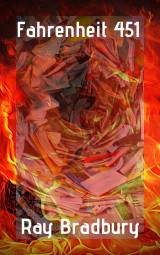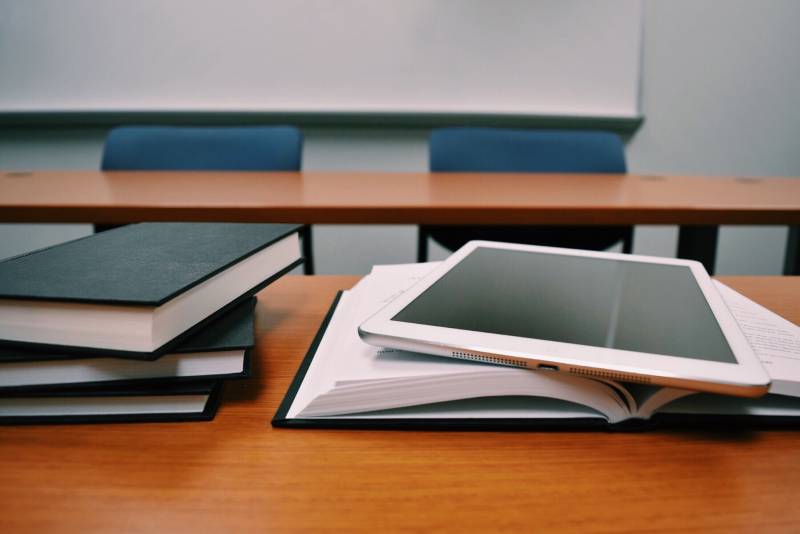Media literacy plays a crucial role in the creation and consumption of literature and fictional pieces, both now and historically. Literary pieces reflect the culture and milieu within which they are situated and the type of media literacy present in that time period. Artifacts of media making run the historical gamut from contemporary to ancient times. At present, we have viral social media posts and videos. In the 17th and 18th centuries there were pamphlet wars. In ancient times, there were cave drawings in Lascaux, France. Superficially, each of these media artifacts seem so different, however the intentions of each remain the same: they all exist as media artifacts composed to not only record reality, but to convey information that would directly or indirectly influence their audiences. In the same way that we can read a text, we can read media artifacts. And, in the same way that media literacy practices teach us skills for reading the “text” of a video or photograph, for example, they can also teach us new skills that can be brought back to reading traditional literary artifacts.
Infusing media literacy into an English language arts (ELA) classroom is a powerful approach to scaffold the teaching of literature and composition. It creates a bridge between fiction and non-fiction. In order to understand a piece of fictional literature, one must understand how the cultural landscape influenced the writer and intended audience of the time period in which it was written. Digital and broadcast media are a pervasive part of our modern culture, and literature both influences and is influenced by these media texts. ELA teachers, reading teachers and any teachers using fiction, writing or argumentation in their classrooms would benefit from curricular implementation of media literacy resources that can be applied across all types of media.
Response to Literature and Audience
I teach composition to 9th graders and AP Literature & Composition to seniors. AP Literature & Composition focuses heavily on argumentative writing and claim writing, which is a major focus to pass the AP literature exam. Utilizing KQED media literacy resources such as Above the Noise videos on KQED Learn have been tremendously useful in helping students develop claims and thesis statements with salient argumentative points. Each Above the Noise episode models present research on a debatable topic and develops arguments to support both sides of the issue. I found that some of my students were better able to focus their claim statements once they’d seen it modeled in the videos and in the accompanying lesson. Our topic was “Are Post-Smartphone Reading Habits Hindering Student Literacy?” and the AP students focused on classical novels they felt were of utility for contemporary audiences to read. Once they had written their own opinion pieces, students published them on the student-only discussion platform KQED Learn and then took the next step of engaging with each other’s arguments. Through this they were able to practice critical thinking, and engage with the perspectives of others very different from their own.
Content Creation
When students create audio, visual or video media artifacts as a response to literature, it shows that they are not just consuming the content; they are also manufacturing content themselves. KQED Learn offers many different discussion topics that have significant relevance and meaning for students. Aside from participating in discussions with other students and schools from across the United States, students have the opportunity to create media. These media-driven intellectual cultural contributions are shared through the Make & Share facet of the discussion boards. For my AP Literature & Composition course, we chose to post to the discussion board: “Are Post-Smartphone Reading Habits Hindering Student Literacy?” For our Make & Shares, we used Canva to make digital book covers connecting the importance of reading various classical novels in contemporary times. The students were able to select their favorite classical novel and use the argumentative prompt structure to convey why they believed reading this novel is extremely relevant in today’s contemporary times. They shared these on the KQED Learn discussion and wrote responses to one another.

In today’s contemporary approaches to the study of literature, student reflection and co-construction of the themes and ideas inherent in literary tomes is strengthened when they prepare their reflections with the concept of audience consumption in mind. On KQED Learn, students have the opportunity to discuss their ideas with peers from across the country. This takes their responses beyond a self-reflective level and provides an audience beyond the classroom for students’ ideas about literature.
